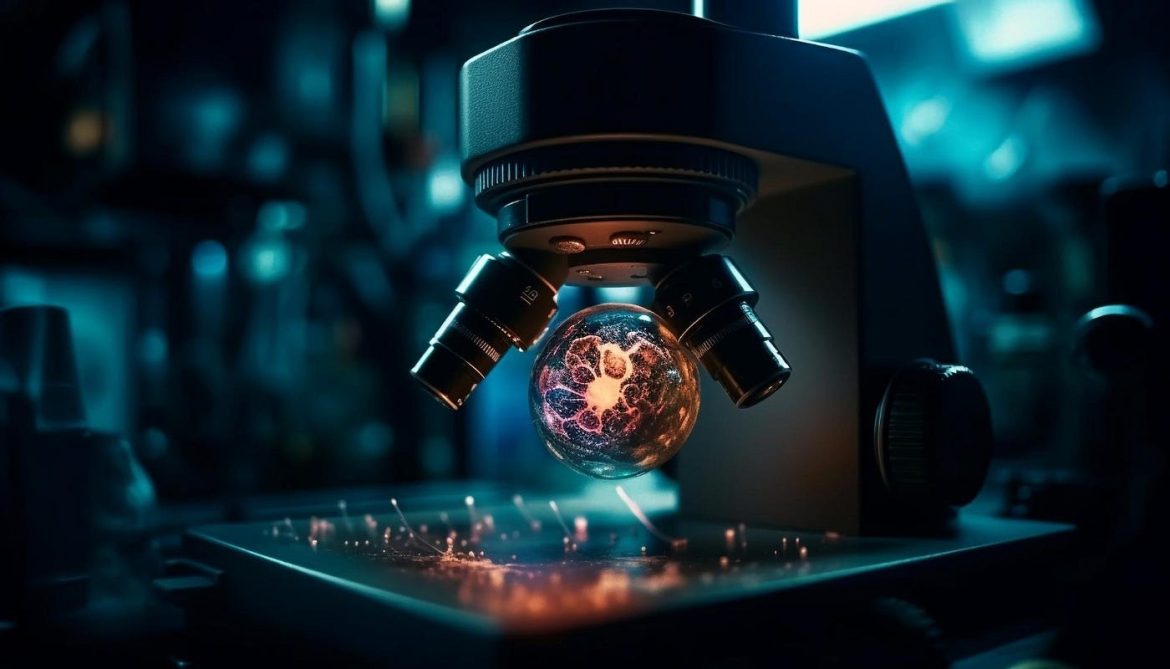Nanotechnology, often referred to as the science of the very small, is revolutionizing various fields, including healthcare, electronics, and environmental science. With the ability to manipulate and engineer materials at the nanoscale level, nanotechnology is opening doors to innovative applications that were once thought impossible. In this article, we will delve into the significant impact of nanotechnology in these key areas.
Nanotechnology in Healthcare
Precision Medicine
Nanotechnology plays a pivotal role in precision medicine by enabling targeted drug delivery. Nanoparticles can carry drugs directly to disease sites, minimizing side effects and increasing treatment efficacy. This approach is particularly promising in cancer therapy.
Diagnostics
Nanotechnology-based diagnostic tools offer unprecedented sensitivity and speed. Nanosensors can detect biomarkers of diseases like cancer and infectious agents with remarkable accuracy, facilitating early diagnosis and monitoring.
Tissue Engineering
Nanomaterials are used to create scaffolds that mimic the extracellular matrix, promoting tissue regeneration. This is crucial in fields like regenerative medicine and organ transplantation.
Drug Development
Nanotechnology accelerates drug development by providing insights into drug interactions at the molecular level. This leads to the design of more effective and safer pharmaceuticals.
Nanotechnology in Electronics
Miniaturization
The electronics industry benefits from nanotechnology’s ability to miniaturize components. Smaller transistors and circuits lead to more powerful and energy-efficient devices, driving advancements in smartphones, computers, and wearables.
Quantum Computing
Nanotechnology is integral to the development of quantum computers. Quantum bits (qubits) rely on the unique properties of nanoscale particles, promising breakthroughs in computational power.
Flexible Electronics
Nanoscale materials enable the creation of flexible and bendable electronics, expanding the possibilities of wearable technology and foldable screens.
Nanotechnology in Environmental Science
Clean Energy
Nanotechnology contributes to the development of renewable energy sources, such as highly efficient solar cells and advanced energy storage systems. Nanomaterials improve energy conversion and storage.
Water Purification
Nanotechnology-based filters and membranes effectively remove contaminants from water, addressing global water scarcity and pollution issues.
Pollution Control
Nanomaterials can capture and neutralize pollutants in the air and water, reducing the environmental impact of industrial processes and transportation.
Ethical and Safety Considerations
As nanotechnology continues to advance, ethical and safety concerns arise. Understanding the potential risks and ensuring responsible research and development are essential. Concerns include unintended environmental consequences and the potential toxicity of nanomaterials.
Regulatory Framework
To address these concerns, governments and regulatory bodies are working on establishing guidelines and safety standards for nanotechnology. Ensuring transparency and oversight in research and applications is critical.
Future Prospects
The rise of nanotechnology is driving innovation across multiple sectors. However, realizing its full potential requires interdisciplinary collaboration, responsible research, and continued investment in education and workforce development.
Conclusion
Nanotechnology is reshaping healthcare, electronics, and environmental science. Its ability to manipulate matter at the nanoscale level is transforming industries and driving scientific discovery. As nanotechnology continues to evolve, its responsible and ethical application will be paramount in harnessing its full potential for the betterment of society. By addressing challenges and working collaboratively, we can ensure that nanotechnology remains a powerful force for innovation and positive change.

